From my bedroom I can see 8 WiFi access points (thank you San Francisco ;-). Two are locked. Why? On the one hand, there are potential security problems--packet sniffing by Bad People and the like--but I think it's something else. I think it's a relationship to bandwidth that's akin to property. People don't have a framework within which to evaluate the pros and cons of sharing bandwidth with strangers--what does it mean to me if someone uses some of the bits I'm paying for? So they retreat to a concept they understand, a mapping of their relationship to their property to their bandwidth. I'm not comfortable letting someone I don't know set up their lawn chair on my front lawn, even if it doesn't hurt me or my lawn, so why should I let them freeload on my bandwidth? Or, at least, that's how I feel the thinking goes.
It's as if there's a confusion between ownership and property. I think that the confusion comes in the reversal of a truism: if something is my property, I own it, but that doesn't necessarily mean that because I own something, it's property.
Yet that's how people treat it. Two examples:
- I was in a loft recently that a friend of a friend moved into. He got broadband, set up his WiFi base station. "I was going to leave mine open, but then I saw that everyone else's were locked, so I said 'fine' and locked mine, too." It's a classic tit-for-tat Prisoner's Dilemma response, effectively creating a kind of responsive fence-building around what's perceived as property.
- More and more cafes are starting to give away free wireless, possibly in response to other cafes giving away wireless. Morning Due cafe, near my house, used to charge for WiFi access. Then Maxfield's Cafe, a block away, started giving it away for free. Maxfield's is always full. Now Morning Due is giving away WiFi "for a limited time." The fact that they're doing it "for a limited time" means they're not completely bought into this idea of "giving away" their property, but they see what it did for Maxfield's and they're reluctantly trying it out. But there's still clearly a feeling that it's property and parting with it without reciprocity is somehow losing something. What is being lost is unclear, but it's a very deeply-held mapping that somehow there's something that's lost.
What's interesting to me about this is how similar this reaction is to people's relationship with all kinds of other intangible goods. The ownership of rights and ideas gets similar treatment--and similarly confused responses--because we don't have the intellectual tools to comprehend them as having different properties--obeying different laws of physics in a sense--than physical goods.
It'll be interesting to see how our world changes as other things are added to this list (individual identity? race? allegiance?). It's also interesting that what were purely philosophical exercises (how to tell what is reality from what is illusion?) now become questions of daily life--well, OK, at least for me. ;-)
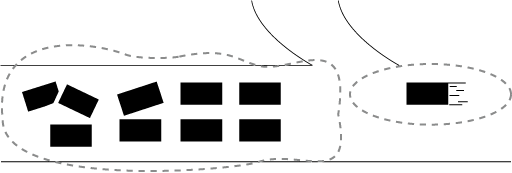

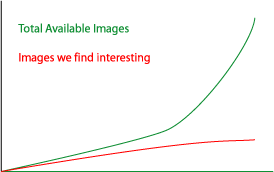

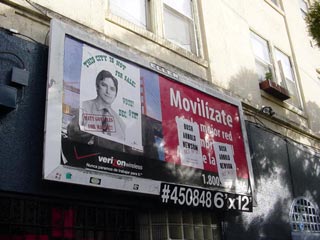
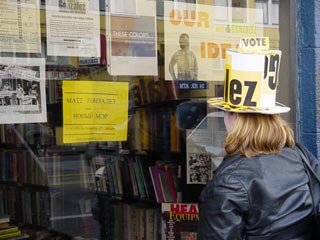
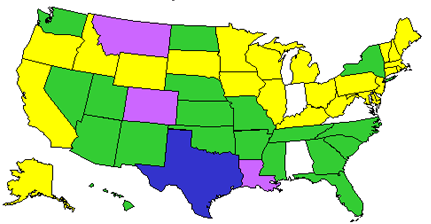




Recent Comments